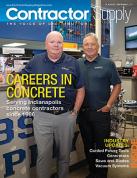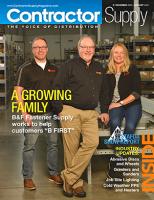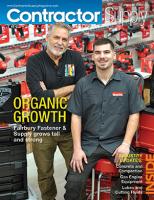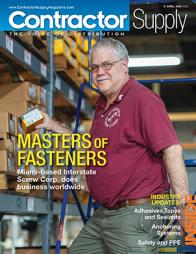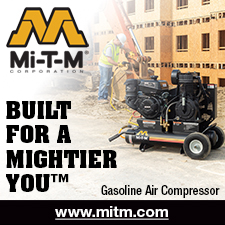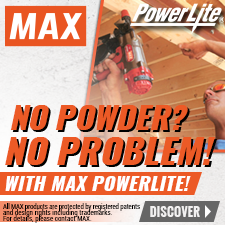OSHA Updates Safety Helmet Recommendations
New Safety and Health Information Bulletin looks at changing hard hat and helmet tachnologies and advantages.
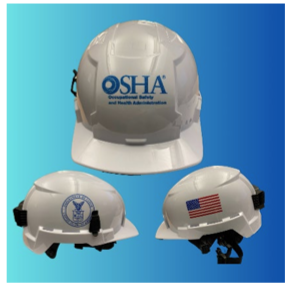
Workplace safety equipment, including head protection, has evolved over the years. As industries strive to enhance worker safety and reduce the risks of head injuries, more advanced and protective modern head protection, safety helmets, are replacing traditional hard hats.
This Safety and Health Information Bulletin (SHIB) presents the key differences between safety helmets and traditional hard hats, describing the advancements in design, materials, and protective features that help to protect the worker’s entire head.
This SHIB also provides instructions for properly inspecting and storing head protection, whether it be a safety helmet or a traditional hard hat. With a thorough understanding of the benefits and capabilities of head protection options, employers and workers can make informed decisions on which to use.
The significance of head protection in hazardous work environments cannot be overstated. For decades, traditional hard hats have been the go-to choice for protecting workers' heads. Made of rigid materials like high-density polyethylene, traditional hard hats provide a basic level of protection.
However, as technology and scientific understanding of head injuries have advanced, safety helmets now provide further improvements to enhance worker safety and reduce the risk of severe head trauma.
One of the differences between traditional hard hats and safety helmets lies in their construction materials. While hard hats are made of hard plastics, safety helmets incorporate a combination of materials, including lightweight composites, fiberglass, and advanced thermoplastics. These materials not only enhance impact resistance but also reduce the overall weight of the helmet, reducing neck strain and improving comfort during extended use.
In addition, all safety helmets include a chin strap that, when worn properly, maintains the position of the safety helmet in the event of a slip, trip, or fall.
Click here to read the entire Bulletin.






